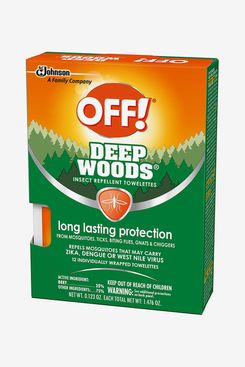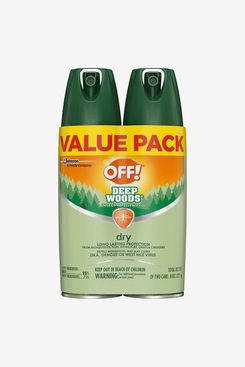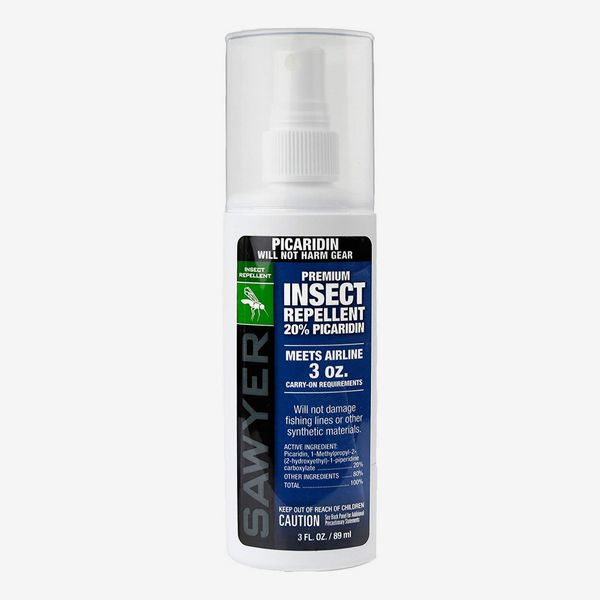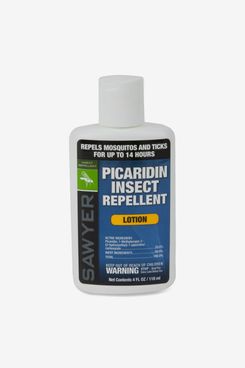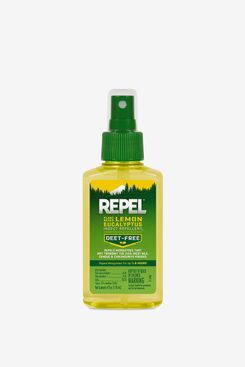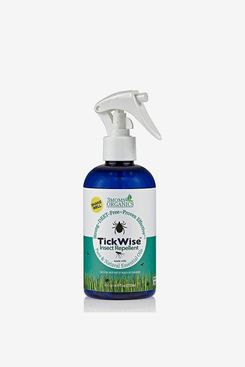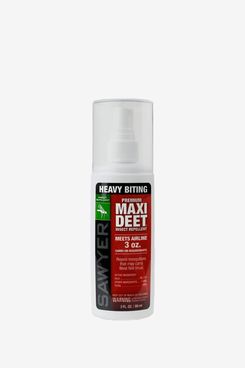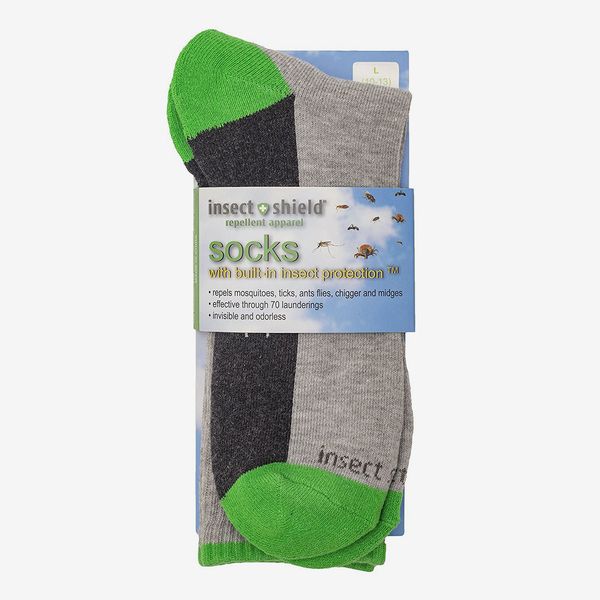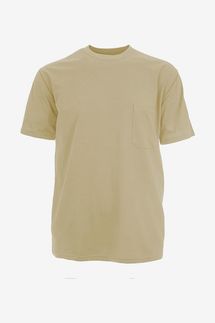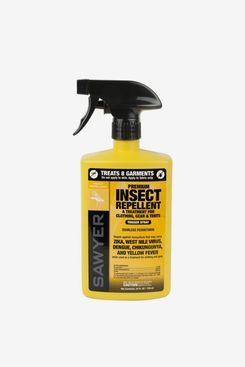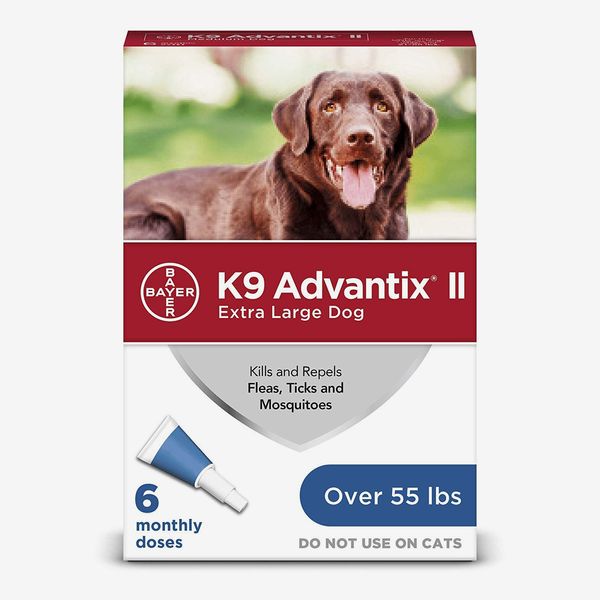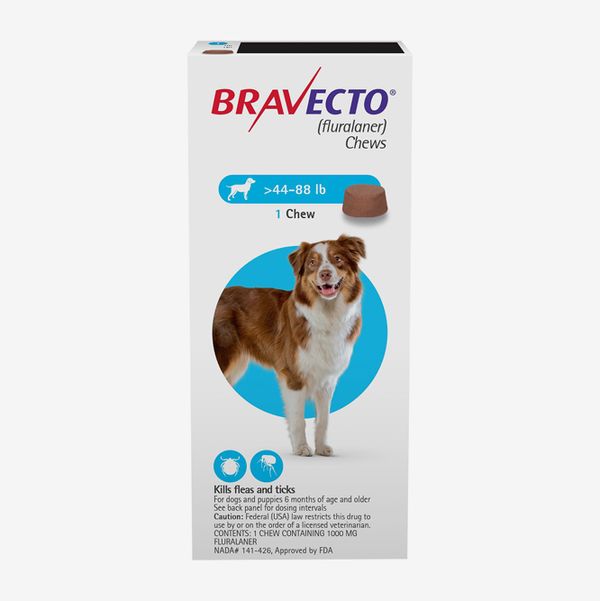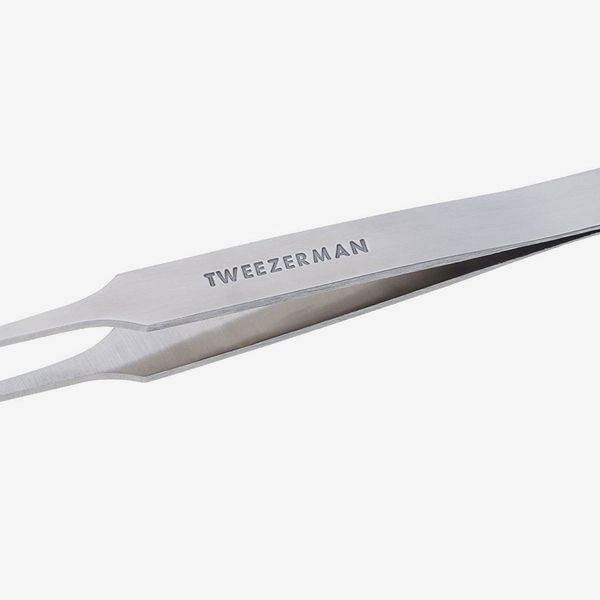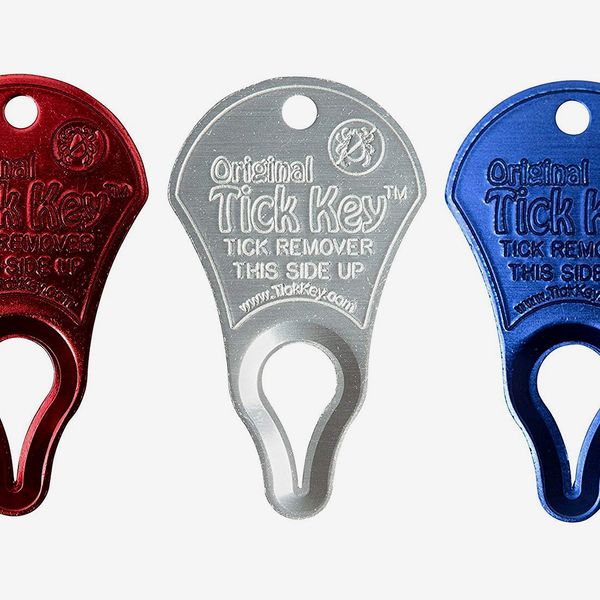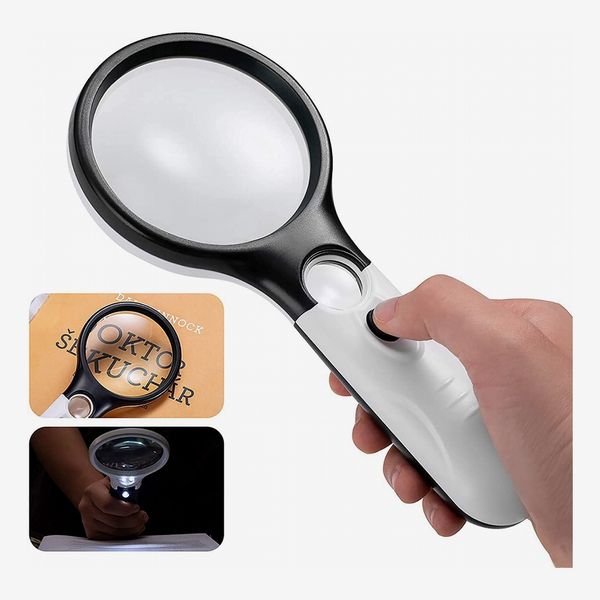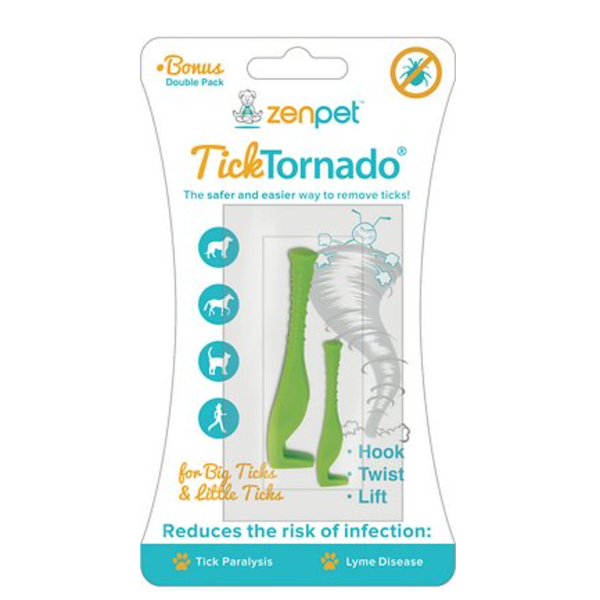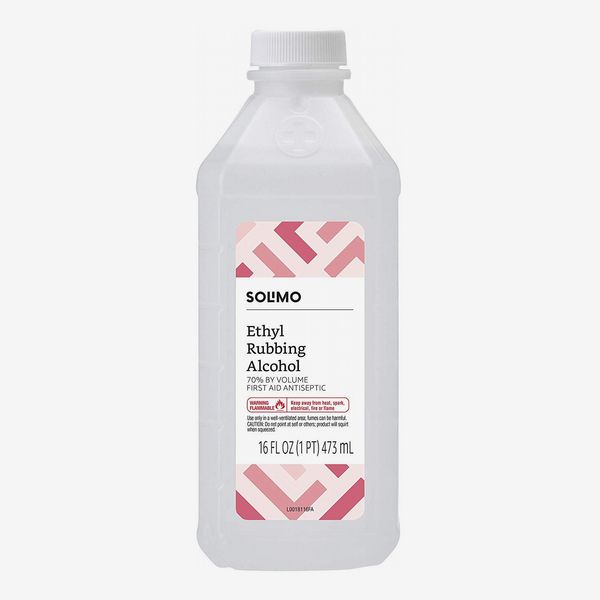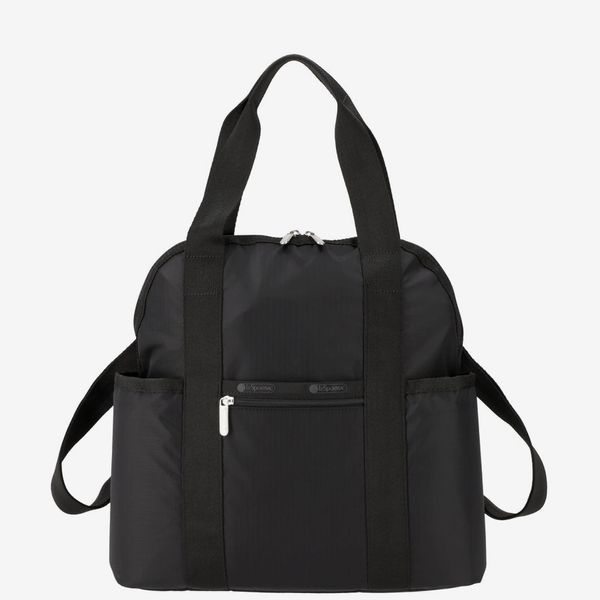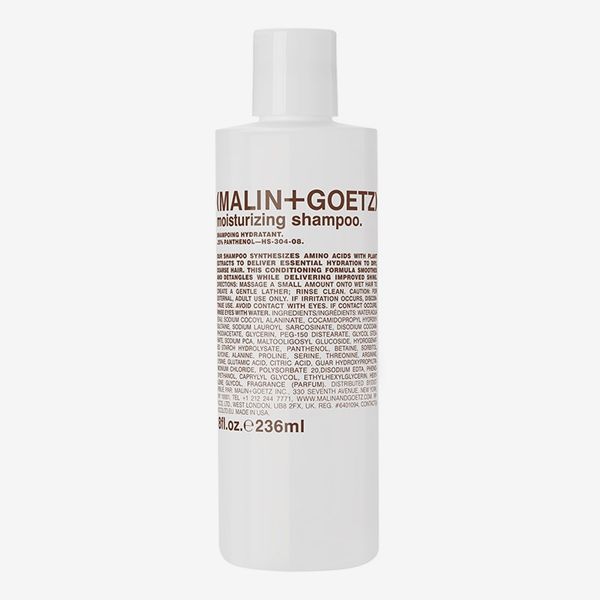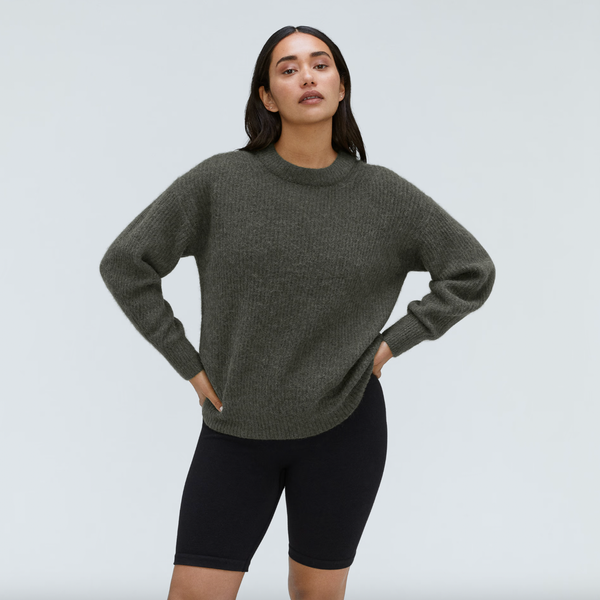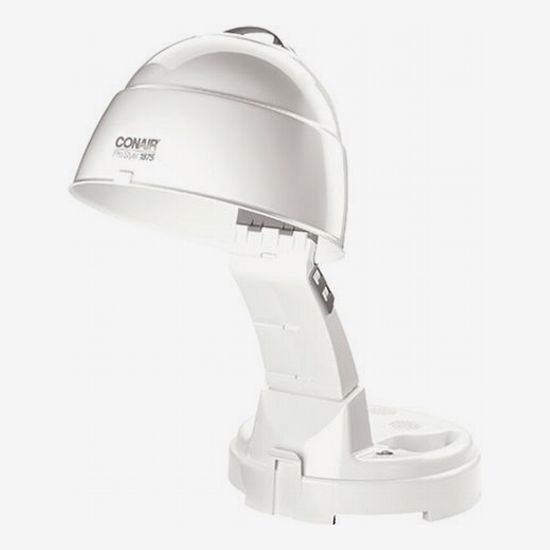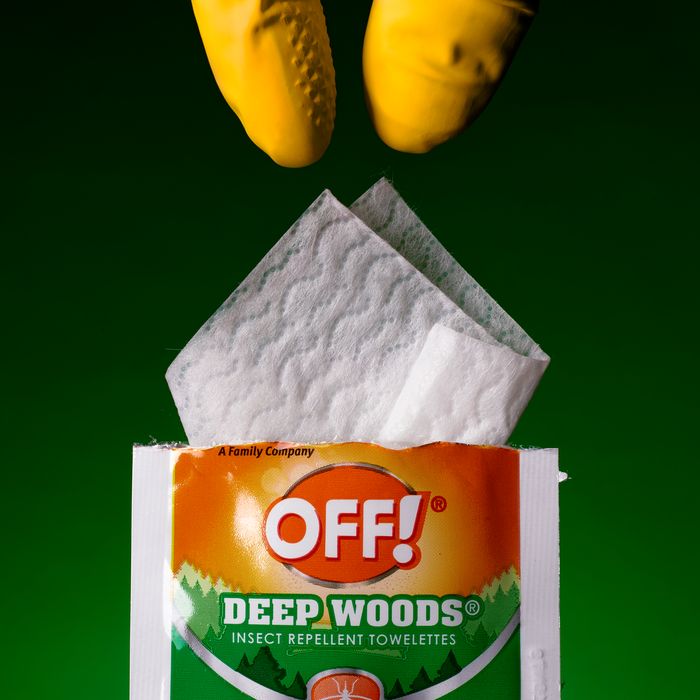
In this article
Summer has arrived, and with it increased risk of tick exposure. Places to watch out for include wooded areas and patches with tall grass and bushes, explains Dr. Goudarz Molaei, research scientist and director of the CAES Passive Tick Surveillance Program. It’s important to know that tick bites don’t just happen on the hiking trail. “Close to 75 percent of Lyme-disease cases have been reported from bites that occur in people’s own backyards,” Molaei explains.
There are some solid, science-backed ways to prevent the pests from latching on — as well as a couple of tools that’ll help you safely remove any that do break through your defenses. Here are the best tick-repellant products I found.
What we’re looking for
Active ingredients
According to Molaei, there are generally two types of chemicals that serve as the first line of defense against ticks: repellents, which can be applied directly to the skin, and pesticides, which can be applied to clothing. Experts told me that the best topical repellents use either DEET or picaridin as their primary ingredient; when it comes to pesticides, they all recommended clothing treated with permethrin (the same chemical used in delousing shampoos like Nix), which acts as a “tick-killing agent,” according to Dr. Rick Ostfeld, a disease ecologist at the Cary Institute of Ecosystem Studies.
According to Molaei, there are generally two types of chemicals that serve as the first line of defense against ticks: repellents, which can be applied directly to the skin, and pesticides, which can be applied to clothing. Our experts say the best topical repellents use either DEET or picaridin as their primary ingredient; when it comes to pesticides, they all recommended clothing treated with permethrin (the same chemical used in delousing shampoos like Nix), which acts as a “tick-killing agent,” according to Dr. Rick Ostfeld, a disease ecologist at the Cary Institute of Ecosystem Studies. I also considered natural tick repellents such as lemon eucalyptus oil.
Safety
Using chemicals on your skin and clothing can be a little scary. For that reason, I looked for skin-applied tick-repellent products that are registered in the Environmental Protection Agency database. As for pesticide-treated clothing, all pesticides sold in the United States must pass the EPA’s safety and efficacy standards, including permethrin.
I also checked that all of our recommended tick products for dogs were registered as safe by the EPA for both pets and owners. One popular tick product for dogs, the Seresto flea and tick collar treated with imidacloprid and flumethrin, is known to be highly effective against ticks — however, following a series of media reports and class-action lawsuits that claim it can cause adverse reactions and even death in some dogs, the product’s registration status is under review. For this reason, it doesn’t appear on our list.
Efficacy
For tick repellents, I looked at how long products retain their tick-defying powers before reapplication is necessary and whether their efficacy is affected by the use of additional topical body products like sunscreen. For pesticide-treated clothing, I noted how many washes an item can withstand before its efficacy wears off. And as for furry friends, I took note of which products were best for long- and short-term use.
Whatever products you’re using, Jeffrey Hammond of the New York State Department of Health’s public-affairs office recommends doing “a final full-body tick check at the end of the day and also checking children and pets” in order to protect against ticks and tick-borne illness. A proper tick check starts with examining your feet then onto armpits, wrists, knees, and, yes, groin. “Ticks start low and crawl up,” adds Dr. Thomas N. Mather, director of the University of Rhode Island’s Center for Vector-Borne Disease and its TickEncounter Resource Center. “If they get to the top of your head, it’s not that they fell out of a tree. Instead, they’ve crawled all the way up your body.”
Best tick repellant overall
Active ingredients: 25% DEET | Safety: EPA registered | Efficacy: 8 hours
The CDC — along with six experts I spoke with — recommends DEET as an effective tick repellent. “The EPA suggests that any product with DEET should have a concentration between 20 and 30 percent of the active ingredient,” says Molaei. He does note that while DEET typically lasts for 12 hours against mosquitos, it will only remain effective against ticks for around eight hours maximum. “DEET can also not be combined with lotion or sunscreen, otherwise the efficacy of the product decreases significantly.” These towelettes from Off! are soaked in 25 percent DEET and come recommended by Strategist contributor Maureen O’Connor. She uses them to prevent “Quasimodo-like reactions” to mosquito bites, but they will also work against ticks. While you can opt for a spray, she says the towelettes are “quick, easy, and can be deployed in a bathroom stall without anyone noticing.”
Best tick-repellent spray
Active ingredients: 25% DEET | Safety: EPA registered | Efficacy: 8 hours
Speaking of sprays: Here’s the same 25 percent DEET formula, but in an aerosol can. While not as discreet as OFF!’s wipes above, it’s certainly a more cost-effective solution for families and groups of friends. Avoid using this product in enclosed areas, and be careful when applying it to your face: The brand advises spraying a little repellent into the palm of your hand and then rubbing it in, avoiding the eye area.
Best picaridin tick-repellent spray
Active ingredients: 20% picaridin | Safety: EPA registered | Efficacy: 8 hours
Dr. Catherine Hill, a professor of entomology at Purdue University, says picaridin, an insect repellent that can be applied to the skin, is another effective way to ward off ticks. Ostfeld says it’s one of “the most effective repellents against black-legged ticks,” the carriers of Lyme disease, babesiosis, anaplasmosis, and Powassan virus in most of North America. Compared with products that contain DEET, which can feel overly oily on the skin, picaridin is “more pleasant aesthetically,” says Dr. Kirby Stafford, a medical-veterinary entomologist. But Molaei has one word of caution when using picaridin: “While DEET is considered a relatively safe product, picaridin has less toxicity in comparison, but it can occasionally cause an allergic reaction if it accidentally gets on your face or into your eyes.”
Best picaridin tick-repellent lotion
Formula: 20% picaridin | Safety: EPA registered | Efficacy: 14 hours
Sawyer’s same picaridin formula is also available as a lotion, which as a bonus will stick to your skin and protect you for a few hours longer than the spray version. It’s neutral-smelling and, due to using picaridin instead of DEET as its primary active ingredient, nongreasy.
Best DEET-free tick repellent
Active ingredients: 30% lemon eucalyptus oil | Safety: EPA registered, DEET and picaridin free | Efficacy: 6 hours
Though the CDC and EPA do say essential oils like garlic oil and lemon-eucalyptus oil are somewhat effective repellents of black-legged ticks, Mather wouldn’t necessarily advise essential oils as your primary line of defense. “I’m hard-pressed to find any hard data on them,” he says. But if you’re looking to avoid DEET and picaridin or to just add a layer of secondary protection, this Repel spray is the way to go. It’s recommended by Consumer Reports, which independently lab-tested many popular insect repellent products and gives it a 5/5 score for its protection against both mosquitoes and deer ticks — impressive for a DEET-free product. You should reapply more regularly than you would a traditional repellent, though: This one lasts only up to six hours.
Best completely plant-based tick repellent
Active ingredients: Cedarwood, geranium, citronella, peppermint, and lemongrass essential oils | Safety: DEET and picaridin free, allergen free | Efficacy: 1.5 hours
If you’re looking to limit exposure to not only DEET and picaridin but also parabens and other chemical compounds, then Lyme disease specialist Dr. Daniel Cameron suggests this 100 percent plant-based tick spray from upstate New York–based brand 3 Moms Organics. He first came across it at a Lyme disease conference and says that the developers of the formula “know Lyme really well — and they’re trying to come up with an organic, natural way to protect people from it.” Other than tick-preventing essential oils, the formula contains only water, vinegar, vegetable-based glycerin, and vanilla. Safe for use on dogs and horses as well as humans, it’s ideal for short summer walks — the brand suggests reapplying every 90 minutes or so for total tick protection.
Best jungle-strength tick repellent
Active ingredients: 100% DEET | Safety: EPA registered | Efficacy: 10 hours
While the above products should be plenty effective when spending time outdoors in North America, a 100 percent DEET formula may offer more protection (and peace of mind) when traveling overseas. I purchased this jungle-strength spray for a backpacking trip in northern Colombia, where biting insects like mosquitos and ticks are as ubiquitous as they are tropical-disease-ridden. It was so effective that I found myself lending it to fellow hikers who’d been getting bitten while using lower-strength products. Note that the formula, while odorless, is certainly rather greasy. It still rubs in easily, and you need only apply it once per day.
Best tick-repellent socks
Active ingredients: 0.52% permethrin | Safety: EPA registered | Efficacy: 70 washes
Our experts highly recommended wearing clothing treated with odorless permethrin when you’re out in nature. They especially like permethrin-treated socks for the simple reason that your feet are your first line of defense against ticks, which start low and crawl high. As Dr. Scott Williams, who works at the Connecticut Agricultural Experiment Station’s Department of Forestry and Horticulture, explains, “The weave of the sock makes it difficult for the smaller ticks to navigate, which increases their time exposed to the permethrin, which kills more of them.” Clothing that’s been treated with permethrin can go through the wash about 70 times and still be effective, so this pair will last you a while. In addition to those pesky ticks, they’ll repel mosquitoes, ants, flies, chiggers, and midges. We also like that they have a cushioned sole that’ll keep you comfortable while hiking or running.
Best tick-repellent T-shirt
Active ingredients: 0.52% permethrin | Safety: EPA registered | Efficacy: 70 washes
Become a walking tick repeller by wearing this otherwise perfectly ordinary-looking permethrin T-shirt, also from Insect Shield. As with the socks, this tee can be washed as normal up to 70 times and remain effective against biting insects. It’s completely odorless, and the colorways are surprisingly flattering.
Best tick clothing treatment
Active ingredients: 0.5% permethrin | Safety: EPA registered | Efficacy: 6 washes
You can treat your own clothing (and camping gear like tents and backpacks) with permethrin using a spray. “For tick repellent for myself and my field crew, we soak our clothes in permethrin and allow them to dry before wearing them,” says Williams. But unlike pretreated clothing (which can be washed over and over and retain its tick-repelling ability), clothes you’ve sprayed with permethrin lose their ability to kill ticks after about six weeks or six washes (whichever comes first). Spraying your sneakers or hiking boots before going into the woods is another solid tick-prevention technique, as is spraying gardening gloves, pants, shorts, and T-shirts.
But avoid applying it directly to your skin. That’s not because permethrin is unsafe; in fact, the concentration of permethrin on pretreated clothing is “well below what the EPA calls the daily dermal, no-observable-effect level,” says Mather, meaning it’s functionally nontoxic. It’s just that permethrin breaks down on your skin after 15 minutes, according to its manufacturer, so spraying it on your body rather than your clothes leaves you vulnerable.
Best tick repellent for dogs
Active ingredients: 44.00% permethrin, 8.80% imidacloprid, 0.44% pyriproxyfen | Safety: EPA registered | Efficacy: One month
If you’d rather not give your dog an oral treatment, or if you don’t think it needs protection for three months at a time, Dr. Thomas Daniels, who studies ticks at Fordham University’s Louis Calder Center, recommends the topical K9 Advantix II, a product containing permethrin. Each dose lasts for one month as long as you wait 24 hours to bathe your dog after application. Just know that Advantix, along with most topical tick repellents for dogs, is super-toxic to cats. If you own both, Stafford recommends keeping your cats away from any permethrin-treated dogs for 72 hours after applying the product.
Best tick medication for dogs
Active ingredients: 1000 mg fluralaner | Safety: FDA-approved | Efficacy: 3 months
When Strategist senior writer Liza Corsillo interviewed a panel of veterinarians about the best tick treatments for dogs, every one recommended Bravecto chews, an oral treatment that protects dogs for three months at a time. Bravecto works by releasing insect poison into your dog’s bloodstream; as she explains, it’s completely harmless and eventually becomes absorbed into the tissue fluids under a dog’s skin, “where it’s transferred to any biting ticks, which then become dead ticks.” Because it is prescription medication, you should always consult with your vet first: Corsillo notes that some oral tick preventatives including Bravecto are not recommended for dogs with a history of uncontrolled seizures.
Best tick bandana for dogs
Active ingredients: 0.52% permethrin | Safety: EPA registered | Efficacy: 25 washes
If you’re wearing tick-repellent clothing on the trail, you may as well protect your furry companion, too. This bandana is EPA-approved for all dogs older than six weeks, and can be cut to size if you own a smaller breed. Like the human clothing above, it’s odorless and surprisingly stylish.
Best tick tweezers
If you end up with a tick on you, don’t panic. All you really need to remove one are pointy tweezers — don’t use flat-edged tweezers. That’s because you need to be precise. “Think of the tick as a bag of germs that happens to be connected to your skin with a straw,” explains Mather. If you squeeze the bug’s body with an imprecise tweezer, all those germs will be released through the “straw” and into your skin, which is gross. A pointed tweezer like these satisfyingly sharp ones from Tweezerman will allow you to get as close as possible to the head of the tick, right next to the skin, and pull up at the connection point without squeezing the bug.
Best portable tick remover
While pointy-tipped tweezers are the best way to remove ticks of all sizes, Dr. Nadine Cohen of CareMount Medical notes that sometimes you might not have access to a pair. That’s why she suggests keeping a tick key on your key chain, so you’ll always have a tool designed for the job at the ready. As she explains, it “works by sliding underneath the body of the tick, close to the skin, with the goal of removing the entire tick easily and safely.” And yes, it works on dogs too.
Some more Strategist-approved products for preventing and removing ticks
Our experts
• Dr. Daniel Cameron, medical doctor and Lyme disease specialist
• Dr. Nadine Cohen, medical doctor, CareMount Medical
• Dr. Thomas Daniels, Fordham University’s Louis Calder Center
• Jeffrey Hammond, deputy director for communications, New York State Department of Health
• Dr. Catherine Hill, professor of entomology, Purdue University
• Dr. Thomas N. Mather, director, University of Rhode Island’s Center for Vector-Borne Disease
• Dr. Goudarz Molaei, research scientist and director of the CAES Passive Tick Surveillance Program and associate clinical professor at Yale University’s School of Public Health
• Dr. Rick Ostfeld, disease ecologist at the Cary Institute of Ecosystem Studies
• Dr. Kirby Stafford, medical-veterinary entomologist, Connecticut Agricultural Experiment Station
• Dr. Scott Williams, wildlife biologist, Connecticut Agricultural Experiment Station
Additional reporting by Maxine Builder and Dominique Pariso
The Strategist is designed to surface the most useful, expert recommendations for things to buy across the vast e-commerce landscape. Some of our latest conquests include the best women’s jeans, rolling luggage, pillows for side sleepers, ultra-flattering pants, and bath towels. We update links when possible, but note that deals can expire and all prices are subject to change.
Every editorial product is independently selected. If you buy something through our links, New York may earn an affiliate commission.

